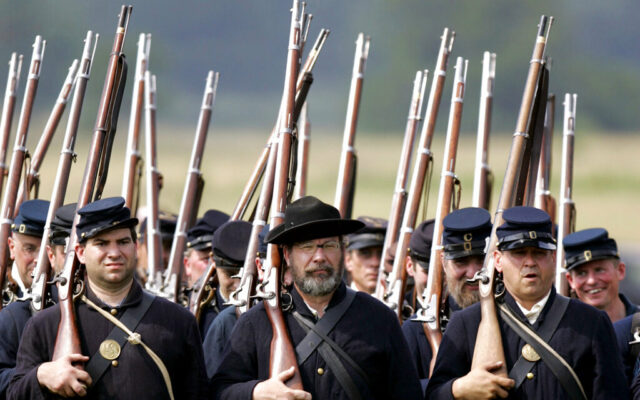Jack’s Books: That Civil War–And This One

Back about 15 years ago, a Texan named Bill Bishop wrote “The Big Sort: Why The Clustering of Like-Minded America Is Tearing Us Apart”. Everyone was talking about it. I finally read it, and it’s more timely than ever.
A couple of drawbacks: all the data in the book is old, and if anything, the trends of which he writes are more pronounced in the last few years. In brief, Bishop describes, with generous use of anecdotes, how the homogeneity of America, concurrent with robust faith in government and other institutions, unravelled very suddenly and quickly from the mid 1960s into the ’70s. Fleeing church and party affiliation, and availing themselves of the technology and prosperity to do so, Americans geographically and culturally formed enclaves where they were in the majority. Bishop tries very hard to be politically neutral, and mostly succeeds, and his book is rich with data and ideas that are still vital to understanding…us.
We learn about it in school, we see numerous depictions in movies and TV, but I really wish “The American Civil War” by John Keegan (2009) had been my first introduction to it. The late British military historian uses fewer than 400 pages to explain how we came to have our worst war (and maybe the worst civil war in modern world history), how it was mismanaged by politicians and led by soldiers, and even with vivid detail, how it was fought by young men, most of whom had no real stake in its outcome. Whatever you know about the Civil War, this is a must-read, and a firm rejoinder to the way people invoke terms like “a second Civil War” with such recklessness today.
Also in the last few weeks:
“Requiem for An Assassin” by Barry Eisler (2007) Another in his John Rain series. Rain is a half-Asian, half-American assassin with skills and a conscience, and Eisler can’t feed us enough Rain stories as far as I’m concerned.
“The Leopard” by Giuseppe di Lampedusa (1958) This Italian novel of a rich family in the time of Italy’s nineteenth century revolution, which birthed the modern state we know today, is a hidden gem. Unforgettable characters, led by the patriarch of this family who we follow from the zenith of his power and privilege to his unhappy end.
“The Killing Man” by Mickey Spillane (1989) Spillane was a WW2 pilot, self-taught and prolific pulp fiction author, and sometimes actor. Best known for his “Mike Hammer” private eye (a series that stretched from the ’50s until his last book in 1996), and this volume is the penultimate Hammer mystery. His books sold, but scandalized critics and his fellow writers, who thought Hammer was either unbelievable, or a maniac. To me, he’s an entertaining guy I’d want on my side (and by the way, Ayn Rand, of all people, was a fan too). This was the last Hammer I hadn’t read, and it held up great.
“The Chill” by Ross MacDonald (1964) One of the best of his “Lew Archer” detective series, in my opinion. This one starts with Archer being approached by a tormented young man whose wife disappeared right after their wedding day. As always, there are murders and there are families who are murder to know.
“Warning Light” by David Ricciardi (2018) You can imagine how much I wanted to like this book—I mean, he could be a relative, for all I know. I liked the set-up, with a British jetliner seemingly making an emergency landing in Iran, and disgorging an inexperienced CIA man named Zac Miller. His mission goes sideways, and there’s drama, but Miller is way too brave and resourceful to be believable, given his background and lack of field experience, and he is helped, improbably, by some very unlikely allies. I wasn’t buying it, but you might.
As always, let me know if you try one of these, or share with me one of yours! [email protected]
You Might Also Like



